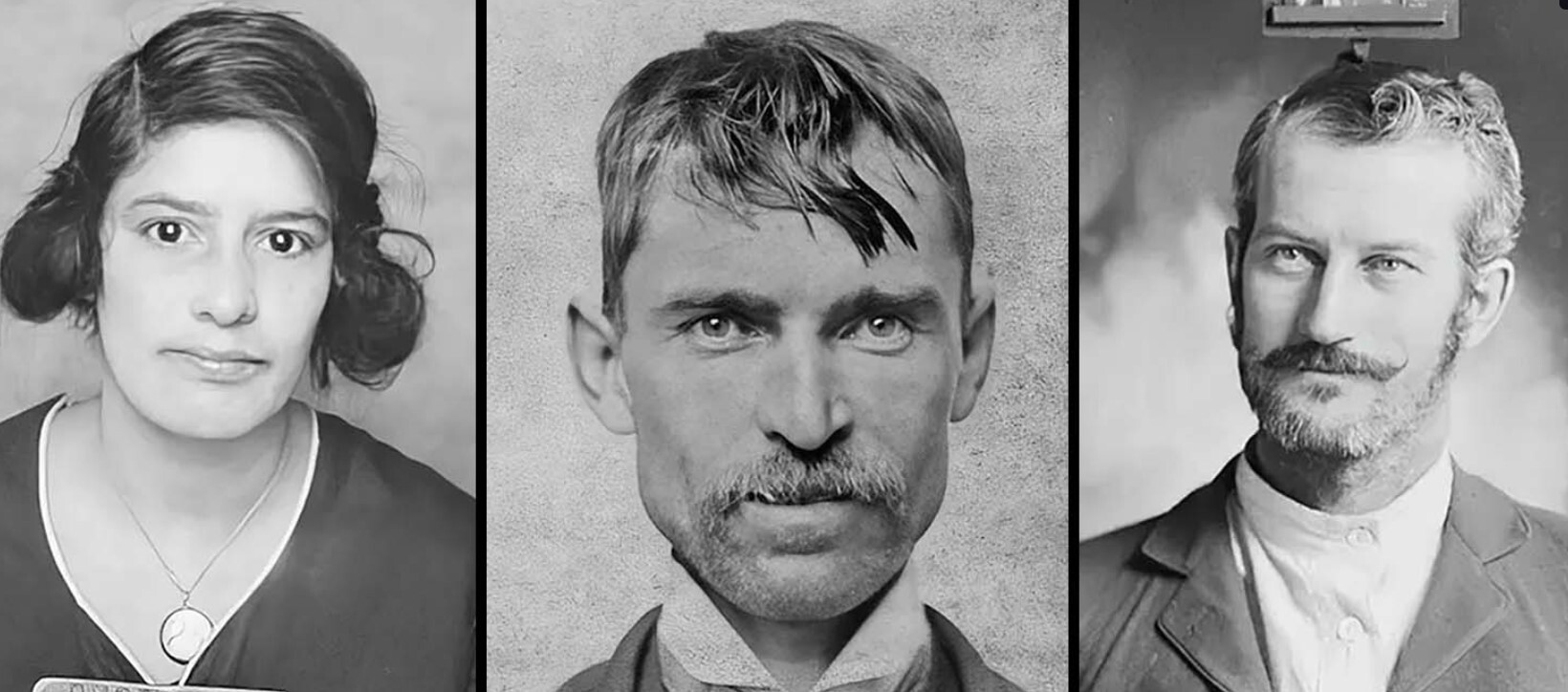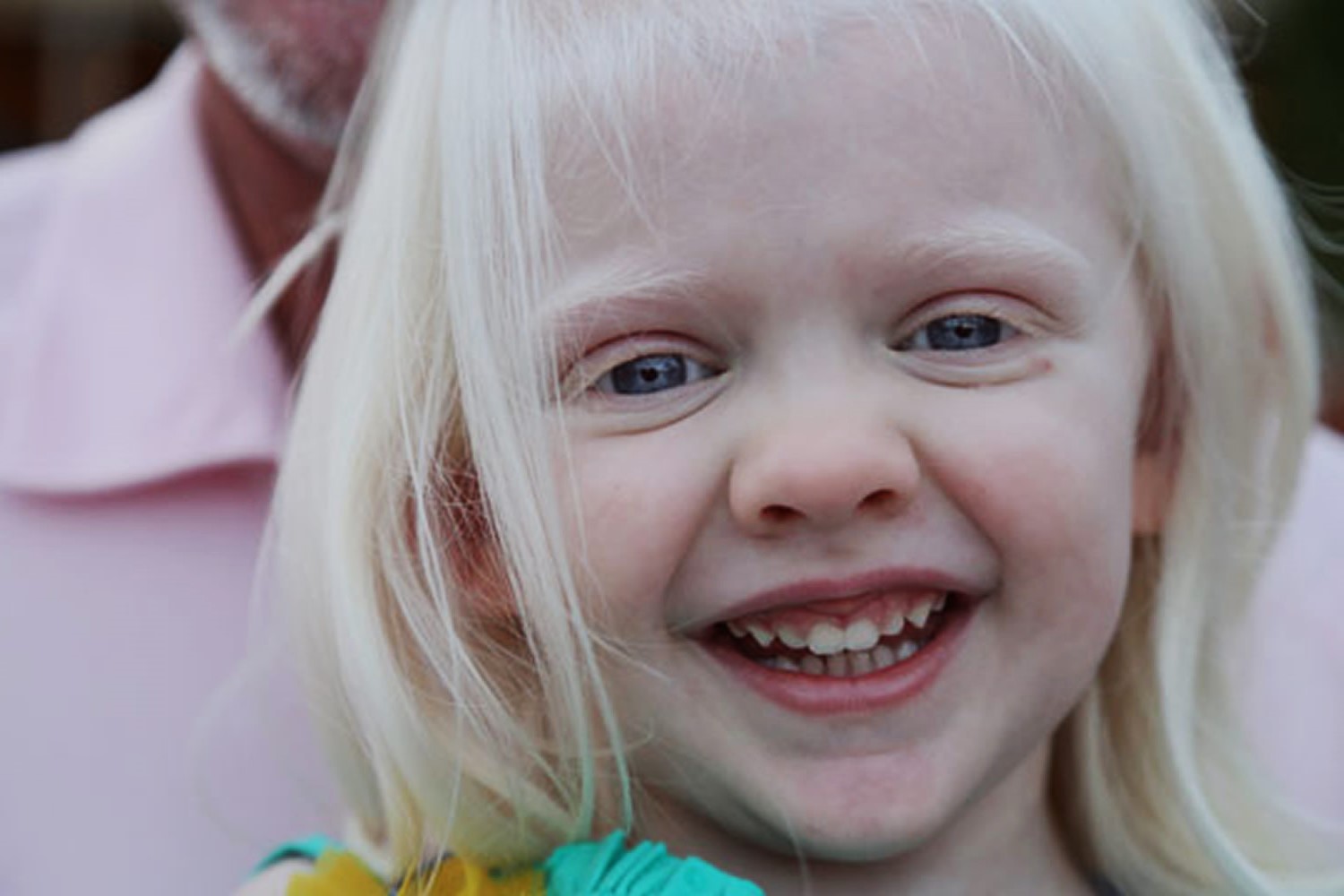
Ever wondered what life was like in the Wild West? One fascinating way to peek into that era is through Wild West mugshots. These photos capture the gritty reality of outlaws, lawmen, and everyday folks who found themselves on the wrong side of the law. From notorious bandits like Billy the Kid to lesser-known troublemakers, each mugshot tells a unique story. Why were these mugshots taken? They served as a tool for law enforcement to identify and track criminals. What can we learn from them? Beyond the faces, these images reveal details about fashion, crime, and justice in a time when the frontier was untamed. Buckle up as we dive into 41 intriguing facts about these historical snapshots.
Key Takeaways:
- Wild West mugshots offer a captivating glimpse into the lives of outlaws and lawmen, revealing their emotions, personalities, and stories that transcend time.
- These historical photographs continue to fascinate and educate, providing valuable insights into the Wild West era and preserving the stories and lessons of this bygone time.
Wild West Mugshots: A Glimpse into History
The Wild West era, spanning the late 1800s to early 1900s, was a time of lawlessness, adventure, and larger-than-life characters. Mugshots from this period offer a fascinating glimpse into the lives of outlaws, lawmen, and everyday people. Here are some intriguing facts about Wild West mugshots.
-
Mugshots were a new concept: The idea of photographing criminals for identification purposes began in the mid-19th century. Before this, descriptions were written down, which often led to inaccuracies.
-
Early mugshots were called "rogues' galleries": These collections of criminal photographs were used by law enforcement to identify repeat offenders.
-
Mugshots were often taken in jails: Many of these photos were snapped in local jails or sheriff's offices, capturing the rough conditions of the time.
Famous Outlaws Captured in Mugshots
Some of the most notorious figures of the Wild West were immortalized in mugshots. These images provide a rare look at the faces behind the legends.
-
Billy the Kid: One of the most famous outlaws, Billy the Kid's mugshot is iconic. His real name was Henry McCarty, and he was known for his boyish looks.
-
Jesse James: The infamous bank and train robber was captured in several mugshots. His piercing eyes and stern expression are unforgettable.
-
Butch Cassidy: Leader of the Wild Bunch gang, Butch Cassidy's mugshot shows a confident and charismatic man.
-
The Sundance Kid: Partner of Butch Cassidy, the Sundance Kid's mugshot reveals a rugged and determined individual.
Lawmen and Their Mugshots
Not only outlaws but also lawmen of the Wild West had their moments in front of the camera. These mugshots tell stories of bravery and justice.
-
Wyatt Earp: Known for his role in the Gunfight at the O.K. Corral, Wyatt Earp's mugshot shows a stern and determined lawman.
-
Bat Masterson: A lawman and gambler, Bat Masterson's mugshot captures his sharp features and confident demeanor.
-
Pat Garrett: The sheriff who famously killed Billy the Kid, Pat Garrett's mugshot reflects his no-nonsense attitude.
Unique Features of Wild West Mugshots
Wild West mugshots have distinct characteristics that set them apart from modern-day photographs. These features offer insights into the era's technology and culture.
-
Black and white photography: All mugshots from this period were in black and white, adding to their historical charm.
-
Handwritten notes: Many mugshots included handwritten notes about the criminal's crimes, aliases, and physical descriptions.
-
Poses and expressions: Unlike today's standardized mugshots, Wild West photos often showed individuals in various poses and expressions, reflecting their personalities.
-
Backgrounds: The backgrounds of these mugshots were often plain walls or simple backdrops, highlighting the subject.
The Role of Mugshots in Law Enforcement
Mugshots played a crucial role in the development of law enforcement practices in the Wild West. They helped capture and identify criminals in a time of limited resources.
-
Identification of repeat offenders: Mugshots allowed law enforcement to identify repeat offenders quickly, making it easier to track criminal activity.
-
Sharing information: These photographs were often shared between different law enforcement agencies, helping to catch criminals who moved between territories.
-
Public awareness: Mugshots were sometimes published in newspapers, alerting the public to dangerous criminals.
The Evolution of Mugshot Technology
The technology used to capture mugshots has evolved significantly since the Wild West era. Understanding this evolution helps appreciate the historical significance of these early photographs.
-
Daguerreotypes: Early mugshots were often taken using daguerreotypes, an early form of photography that required long exposure times.
-
Tintypes: Later, tintypes became popular for mugshots. These were more durable and quicker to produce than daguerreotypes.
-
Glass plate negatives: By the late 1800s, glass plate negatives were used, allowing for clearer and more detailed images.
The Stories Behind the Faces
Each mugshot from the Wild West tells a unique story. These photographs capture moments in time, revealing the lives of those who lived during this tumultuous period.
-
Doc Holliday: A dentist turned gambler and gunfighter, Doc Holliday's mugshot shows a man who lived on the edge.
-
Belle Starr: Known as the "Bandit Queen," Belle Starr's mugshot captures her rebellious spirit and defiance.
-
John Wesley Hardin: A notorious gunslinger, Hardin's mugshot reveals a cold and calculating individual.
-
Pearl Hart: One of the few female outlaws, Pearl Hart's mugshot shows a determined and unrepentant woman.
The Impact of Mugshots on Popular Culture
Wild West mugshots have left a lasting impact on popular culture. These images continue to fascinate and inspire stories, movies, and books.
-
Western films: Many Western films have been inspired by the lives of outlaws and lawmen captured in these mugshots.
-
Books and biographies: Numerous books and biographies have been written about the individuals in these photographs, keeping their stories alive.
-
Art and photography: Artists and photographers often draw inspiration from these historical mugshots, creating works that pay homage to the Wild West.
Preservation of Wild West Mugshots
Preserving these historical photographs is essential for understanding the past. Efforts to maintain and restore these images ensure that future generations can learn from them.
-
Archival storage: Many mugshots are stored in archives and museums, where they are protected from damage.
-
Digital restoration: Advances in technology have allowed for the digital restoration of old mugshots, preserving their details for posterity.
-
Public access: Some institutions have made these mugshots available online, allowing the public to explore and learn from them.
The Human Side of Mugshots
Beyond their historical significance, Wild West mugshots offer a glimpse into the human side of those who lived during this era. These photographs capture emotions, personalities, and stories that transcend time.
-
Expressions of fear: Some mugshots show individuals who are clearly frightened, reflecting the harsh realities of the Wild West.
-
Defiance and pride: Others display defiance and pride, revealing the strong-willed nature of many outlaws and lawmen.
-
Everyday people: Not all mugshots are of famous figures. Many depict everyday people who found themselves on the wrong side of the law.
The Legacy of Wild West Mugshots
The legacy of Wild West mugshots extends beyond their historical context. These photographs continue to captivate and educate, offering valuable lessons about the past.
-
Historical research: Historians and researchers use these mugshots to gain insights into the lives and times of the Wild West.
-
Educational tools: Schools and educational programs often use these photographs to teach students about this period in American history.
-
Cultural preservation: By preserving and studying these mugshots, we ensure that the stories and lessons of the Wild West are not forgotten.
Unusual and Rare Mugshots
Some Wild West mugshots stand out due to their unusual or rare nature. These photographs offer unique perspectives on the era.
-
Children and teenagers: A few mugshots depict children and teenagers, highlighting the harsh realities faced by young people during this time.
-
Unusual crimes: Some mugshots are of individuals arrested for unusual or lesser-known crimes, providing a broader view of Wild West law enforcement.
-
Group photos: Occasionally, mugshots were taken of groups of criminals together, offering a glimpse into the dynamics of outlaw gangs.
The Enduring Fascination with Wild West Mugshots
The fascination with Wild West mugshots endures to this day. These photographs continue to captivate the imagination, offering a window into a bygone era.
-
Collectibles and memorabilia: Original mugshots and reproductions are popular collectibles, sought after by history enthusiasts and collectors.
-
Exhibitions and displays: Museums and galleries often feature exhibitions of Wild West mugshots, drawing visitors interested in this unique aspect of history.
The Wild West's Lasting Legacy
The Wild West era, with its outlaws, lawmen, and frontier justice, continues to fascinate us. Mugshots from this period offer a unique glimpse into the lives of those who lived on the edge of society. These images, often grainy and worn, tell stories of desperation, adventure, and survival. They remind us that history isn't just about dates and events; it's about real people with real struggles.
By examining these mugshots, we gain a deeper understanding of the complexities of the Wild West. We see the faces behind the legends, the human side of the myths. This era, though long past, still influences our culture and imagination. The Wild West may be gone, but its spirit lives on in the stories we tell and the lessons we learn from its history.
Frequently Asked Questions
Was this page helpful?
Our commitment to delivering trustworthy and engaging content is at the heart of what we do. Each fact on our site is contributed by real users like you, bringing a wealth of diverse insights and information. To ensure the highest standards of accuracy and reliability, our dedicated editors meticulously review each submission. This process guarantees that the facts we share are not only fascinating but also credible. Trust in our commitment to quality and authenticity as you explore and learn with us.


